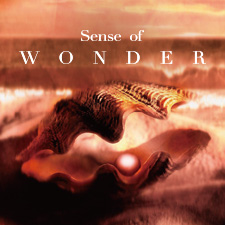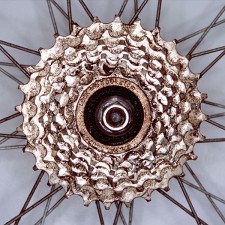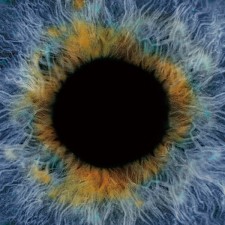◉ Science too is prone to fads. Up through the 1970s, many philosophers and artists showed a strong interest in quantum physics and astronomy. That was largely thanks to the existence of “superstars” that stimulated the imagination, such the mysterious behavior of elementary particles on the one hand, or the Big Bang and black holes on the other. Soon afterwards, it was the life sciences that came into vogue, with molecular biology and evolution in the leading roles. In the background was the progress in research regarding the origins of life and DNA. The terminology and concepts of biology and evolutionary theory caught the popular imagination because they referred to concrete objects, and are still used all over the place. The word “evolution” has become a cliché in advertising, and genes are used to explain everything from male infidelity to the rise and fall of civilizations, so that you somehow feel you understand the reason why.
◉ However, this kind of reasoning is full of distortions and misconceptions. To begin with, evolution is virtually always equated with progress, and those who have evolved are invariably depicted as superior. But actually, so called “degeneration” is also a type of evolution. Evolution is essentially adaptation, or a process towards adaptation, and culturally determined values such as progress, superiority or inferiority have nothing directly to do with it.
◉ There is also a persistent overeagerness at every turn to see genes and DNA as the unique determiners of the shapes and actions of organisms. Certainly genes play a large role as blueprints and triggers and regulatory mechanisms, but we now know that the environment both inside and outside the cell also exert an immense influence. In particular human behavior and thought are hugely affected by social systems and conditions, and any attempt to explain them just by pointing at the genes is going much, much too far. And speaking of genes and mitochondria as if they had “intentions” or “volition” is simply not even funny. Perhaps part of the responsibility for the talk about “the will of genes” lies with the British biologist Richard Dawkins and his catchy metaphor of “selfish genes.”
◉ To make matters worse, in most stories about evolution, ontogeny or genetics, causes and effects and objectives are mixed up. A classical example is the notion that male infidelity is somehow programmed into the genes as an adaptive strategy for the prosperity of the tribe. However, bringing up genetics and evolution to explain love and fidelity is makeshift at best. Another idea which is not quite as extreme but which you hear very often is that birds evolved feathers to be able to fly. But once again, the current form and behavior of organisms are only the result of evolution, not its purpose.
◉ Since Darwin, the theory of evolution itself has gone through a number of revisions and amendments, and many mysteries regarding living things have been elucidated. Nevertheless, countless riddles remain unexplained. For example, why do very similar forms and behaviors appear in organisms from totally different phyla? Why do unrelated organisms, or organisms in unrelated environments, often grow into strikingly similar shapes? How can a group of creatures from several different species together behave as a single organism?
Two problems in particular that have plagued evolutionists ever since Darwin’s times are those of the ant and the peacock.
◉ The ant problem is how behavior that does not benefit the individual, that is to say “altruistic behavior,” has evolved. The peacock problem concerns “sexual selection” and the evolution of seemingly useless features that threaten the very survival of the individual itself.
◉ In the case of altruistic behavior, Dawkins’s hypothesis that the individual may sacrifice itself for its family members in order to leave behind copies of the same genes in a more efficient way, has been widely accepted. In the case of the peacock, a runaway theory has been proposed, according to which the situation is due to female preferences regarding male features, so that the genes of males with gaudy feathers and the genes of females that prefer males with gaudy feathers tend to get selected, thus causing the gaudy trait to spread in the group.
◉ However, although both these hypotheses seem convincing at first, on second thought, they are not quite satisfactory after all. Both of them are a posteriori reasons and have nothing to say about how these systems or principles came about in the first place. That is, they do not explain the root cause, but merely how things work out when they happen to be the way they are. On the other hand, some scholars like Stephen J. Gould stress the importance of chance in the evolutionary process.
◉ The history of life is not necessarily about the evolution of superior survival systems, but perhaps rather about a wide variety of strange creatures that have appeared by chance. Actually, if we consider prosperity of the family through adaptation as the major achievement of evolution, then the most evolved creatures on our planet, both in numbers and in quantity, are the bacteria family.




















